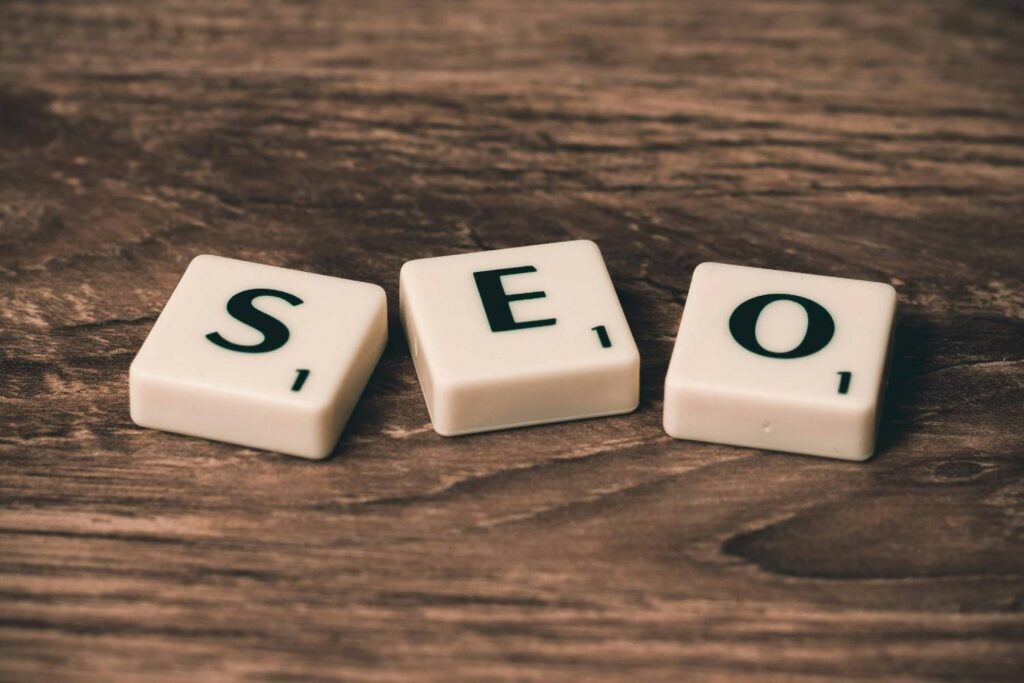In today’s competitive digital landscape, businesses need to leverage paid media platforms to reach their target audience effectively. By understanding the different categories of paid media and the unique benefits of each platform, you can create effective marketing campaigns that deliver a positive ROI.
Paid Media Categories
Paid media refers to any advertising space or content that you pay to feature. CPC (Cost Per Click) and CPM (Cost Per Mile) are the main paid media platforms. When choosing between Cost Per Click (CPC) and Cost Per Mille (CPM) advertising models, understanding their strategic differences is key to maximizing your campaign’s effectiveness.
The CPC model focuses on driving direct engagement, where advertisers only pay when someone clicks on their ad. This strategy is ideal for campaigns with clear conversion goals, such as generating leads, sales, or other actions. CPC is often used when precision targeting is essential, ensuring that every dollar spent is linked to a potential customer interaction. Platforms like Google Ads, Microsoft Advertising, and Yandex Ads excel at CPC-based advertising, providing tools for precise keyword targeting and bid management.
CPM, on the other hand, is centered around brand awareness and visibility. In this model, advertisers pay for every thousand impressions (views) of their ad, regardless of whether users click on it. This strategy is typically employed when the goal is to reach a broad audience and increase brand exposure. CPM is more suitable for companies looking to boost recognition or drive awareness of a new product or service. Platforms like Meta (Facebook), LinkedIn, and X (formerly Twitter) are often used for CPM campaigns because of their extensive reach and audience segmentation capabilities.

Paid Media Formats
A wide range of paid media formats exist, including:
Search Engine Advertising (SEA): This involves paid ads that appear on search engine results pages (SERPs) when users search for specific keywords. Examples include Google Ads and Bing Ads.
Social Media Advertising: This allows you to target your ads based on demographics, interests, and behaviors on social media platforms like Facebook, Instagram, LinkedIn, and Twitter.
Display Advertising: This involves ads that appear on websites, apps, and other digital properties in the form of banners, images, or videos.
Native Advertising: This type of advertising blends seamlessly with the content of the platform on which it appears, such as sponsored articles or social media posts.
Video Advertising: This includes ads that play before, during, or after videos on platforms like YouTube, Hulu, and TikTok.

How to choose the right platform
The best paid media platform for your business depends on several factors, including:
Target Audience: Are your audience young and tech-savvy, or more traditional and professional? Are they interested in fashion, or perhaps finance? Understanding your audience is crucial to choosing the right platform.
Goals: Are you seeking to increase website traffic, generate leads, or drive sales? Different platforms excel at different goals. For example, if your goal is to reach a wide audience and drive awareness, social media platforms like Facebook and Instagram might be ideal. If you’re looking to generate leads, platforms like LinkedIn and Google Ads could be more effective.
Budget: Some platforms are more expensive than others. If you have a limited budget, you might need to focus on platforms that offer more affordable options.
Platform Features: Some platforms offer more advanced targeting options, while others may have better analytics tools. Consider the specific features you need to achieve your goals.

In the dynamic world of digital marketing, paid media platforms offer businesses a powerful tool to reach their target audience and drive results. By understanding the nuances of CPC and CPM models, exploring the diverse range of paid media formats, and carefully selecting the right platforms, you can create effective campaigns that deliver a positive return on investment (ROI).

